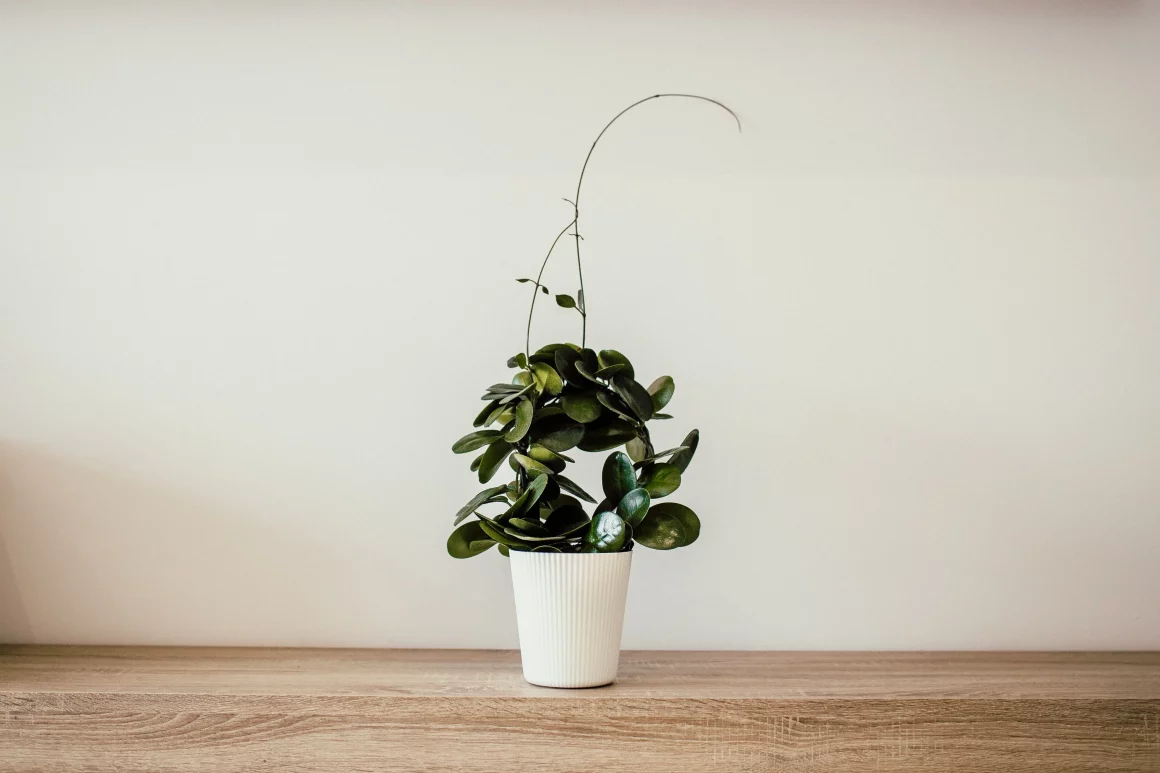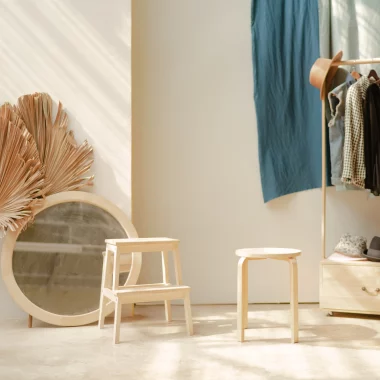written by Kathrine Mtendere
As indoor gardening gains popularity, many people are looking for unique and eye-catching plants to add to their collection. In this article, we will introduce you to some unusual indoor plants and provide essential care tips to help them thrive.
Our guide covers plant selection, watering, lighting, and other crucial aspects of plant care. Get ready to diversify your indoor garden with these intriguing specimens!
-
Discovering Unusual Indoor Plants
Expand your indoor garden by exploring some of these lesser-known, fascinating houseplants:
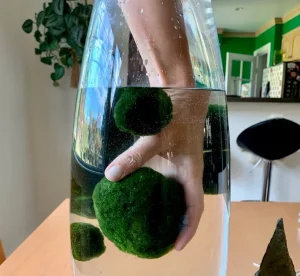 a) Marimo Moss Balls (Aegagropila linnaei): These spherical, fuzzy green algae balls make a striking addition to any water-based indoor garden.They require minimal care, with only occasional water changes and indirect sunlight.
a) Marimo Moss Balls (Aegagropila linnaei): These spherical, fuzzy green algae balls make a striking addition to any water-based indoor garden.They require minimal care, with only occasional water changes and indirect sunlight.
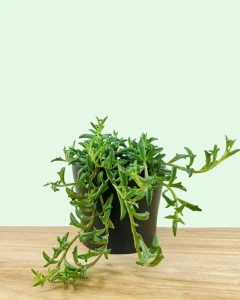 b) String of Dolphins (Senecio peregrinus): This succulent features trailing stems with dolphin-shaped leaves, making it a charming conversation starter. Provide bright, indirect light and let the soil dry out between waterings.
b) String of Dolphins (Senecio peregrinus): This succulent features trailing stems with dolphin-shaped leaves, making it a charming conversation starter. Provide bright, indirect light and let the soil dry out between waterings.
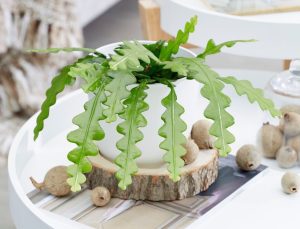
c) Fishbone Cactus (Epiphyllum anguliger): Named for its zigzag – shaped leaves, this cactus produces large, fragrant, night-blooming flowers. It prefers bright, indirect light and well-draining soil.
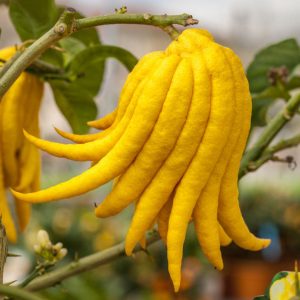
d) Buddha’s Hand (Dorstenia foetida):This small, succulent-like plant has an intriguing hand-shaped structure with finger-like projections. It requires bright, indirect light and moderate watering.
-
Watering Your Unique Houseplants
Proper watering is essential for keeping your rare houseplants healthy. Follow these guidelines to ensure they receive the right amount of moisture:
a) Observe your plants:Look for signs of over- or underwatering, such as yellowing leaves, wilting, or root rot. Adjust your watering schedule accordingly.
b) Use well-draining soil: Choose a potting mix that allows excess water to drain easily, preventing root rot and other moisture-related issues.
c) Water according to plant type:Succulents and cacti generally require less frequent watering, while tropical plants may need more consistent moisture.
d) Check the soil:Before watering, insert your finger into the soil about an inch deep. If it feels dry, it’s time to water; if it’s still moist, wait a few more days.
-
Lighting Considerations for Exotic Plants
Providing the right amount of light is crucial for the well-being of your unusual indoor plants. Consider these factors when selecting a location for your plants:
a) Light intensity:Some plants require bright, indirect light, while others can tolerate lower light conditions. Research the specific needs of each plant and place them accordingly.
b) Duration of light exposure: Ensure your plants receive an adequate amount of light each day, typically 6-8 hours for most species.
c) Supplemental lighting: If your home lacks sufficient natural light, consider using grow lights to provide additional illumination for your plants.
-
Temperature and Humidity Requirements
Different plants have varying temperature and humidity preferences. Keep these points in mind when caring for your unique houseplants:
a) Maintain consistent temperatures:Most indoor plants thrive in temperatures between 65-75°F (18-24°C). Avoid placing plants near drafts, heaters, or air conditioners, which can cause temperature fluctuations.
b) Humidity levels:Tropical plants typically prefer higher humidity levels, while succulents and cacti prefer drier conditions. Use a humidifier, pebble tray, or regular misting to increase humidity for moisture-loving plants.
-
Fertilizing and Repotting Your Unusual Indoor Plants
Fertilizing and repotting are essential aspects of maintaining your unusual indoor plants’ health and appearance. Follow these tips for optimal growth and development:
a) Fertilizing: Use a balanced, water-soluble fertilizer for your plants, following the package instructions for dilution rates and frequency. Typically, fertilizing is done every 4-6 weeks during the growing season and reduced or stopped during the dormant period.
b) Repotting: Repot your plants when they outgrow their current containers or when the soil becomes compacted, usually every 2-3 years. Select a new pot that is 1-2 inches larger in diameter than the old one, ensuring it has adequate drainage holes. Use fresh, well-draining potting mix when repotting your plants.
Cultivating unusual indoor plants can be a rewarding and engaging hobby. By selecting unique specimens, providing proper care, and creating an optimal environment for growth, you can enjoy the beauty and intrigue these rare houseplants have to offer.
Remember to research each plant’s specific needs and adjust your care routine accordingly. With patience and attention to detail, you’ll be well on your way to becoming a successful indoor gardener!
